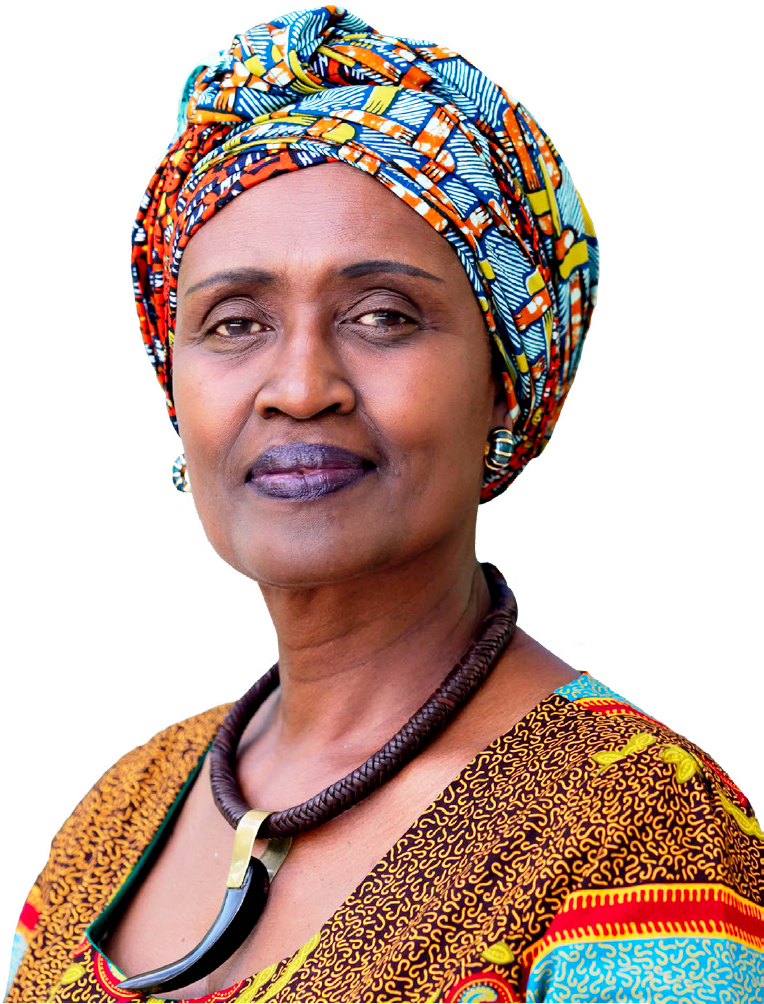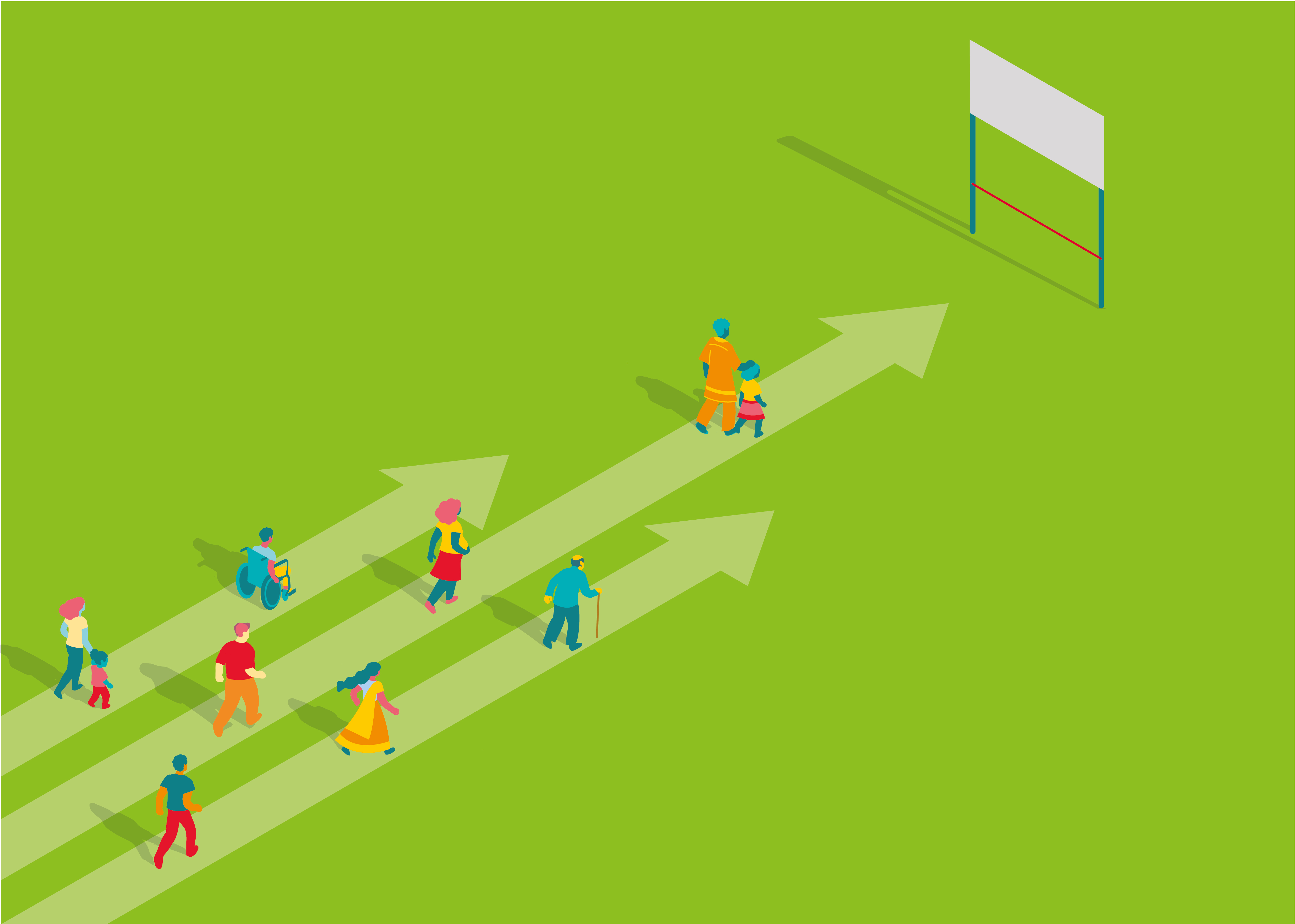Many countries are demonstrating that the HIV pandemic can be overcome. Numbers of new HIV infections and AIDS-related deaths have continued to decrease globally, bringing the AIDS response closer to achieving SDG 3.3 of ending AIDS as a public health threat by 2030. Improved access to treatment has averted an estimated 20.8 million deaths globally.
Remarkable treatment successes are under way in several regions. Five countries have achieved the 95–95–95 targets overall in 2022. At least 16 other countries (eight in sub-Saharan Africa) are within reach of those targets.
Overall, in 2022, about 9.2 million people living with HIV globally were not receiving antiretroviral therapy, and about 2.1 million people were receiving treatment but were not virally suppressed. This means that, despite the progress made, AIDS claimed a life every minute in 2022, and it remains the fourth-leading cause of death in sub-Saharan Africa.
The biggest declines in new HIV infections have been in sub-Saharan Africa. Fewer people acquired HIV in 2022 than at any point since the late 1980s. Countries with diverse epidemics and economic means are combining proven prevention options to bring about large reductions in new HIV infections. Beyond sub-Saharan Africa, progress in preventing new HIV infection is much slower.
2022 saw the lowest number of new infections among children globally since the 1980s. Programmes for preventing the transmission of HIV during pregnancy, birth and breastfeeding have averted an estimated 3.4 million infections in children (aged 0–14 years) since 2000.
Positive changes in removing harmful laws. Several countries removed such harmful laws in 2022 and 2023, yet there have been troubling setbacks in some countries.
Leaving no one behind. The core principles and demands that have propelled the HIV response for decades are echoed in a central theme of the SDGs: the insistence that no one shall be left behind. The HIV response is generating effects that spill over beyond the public health realm and that contribute to progress towards other SDGs.








